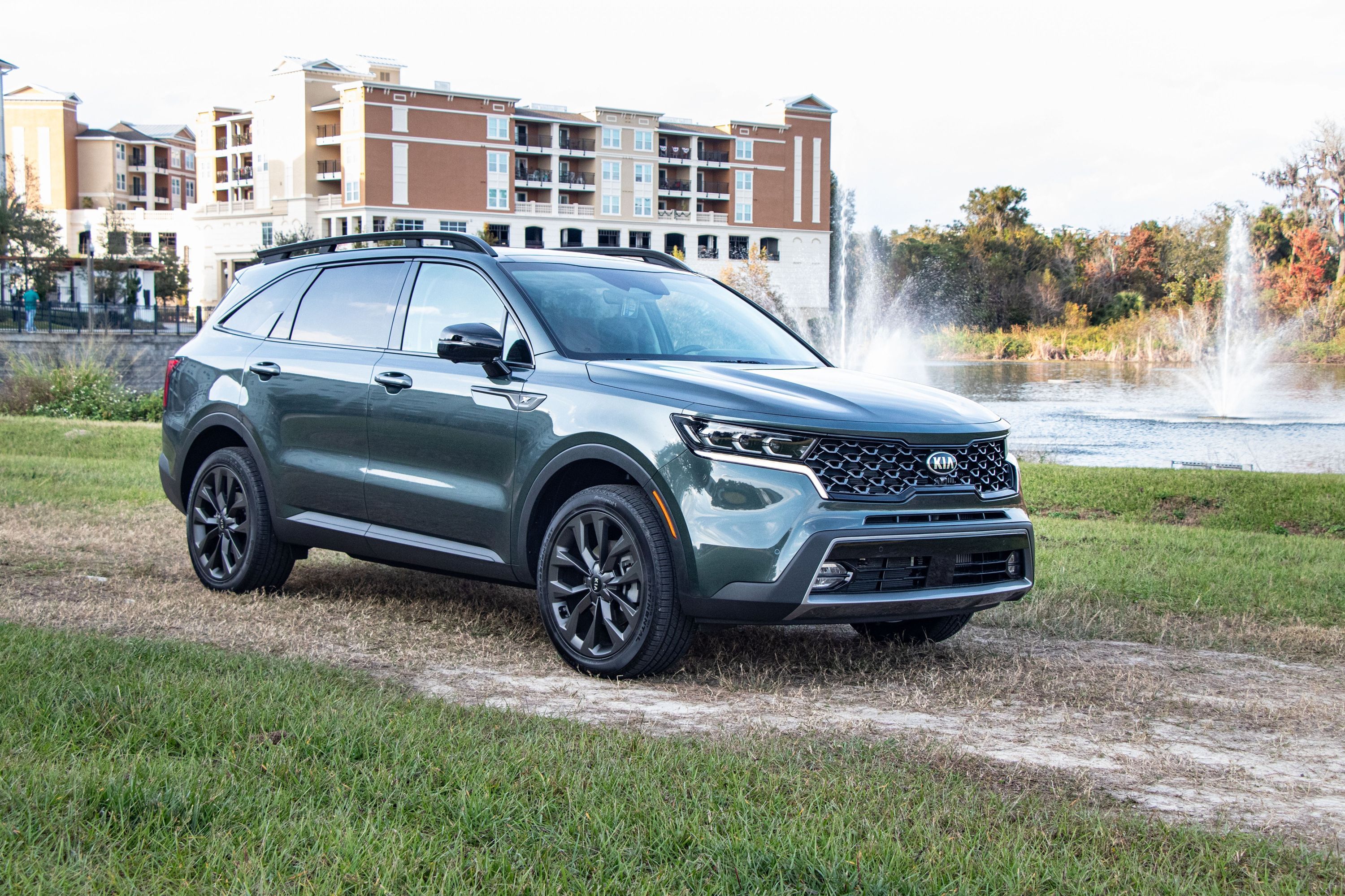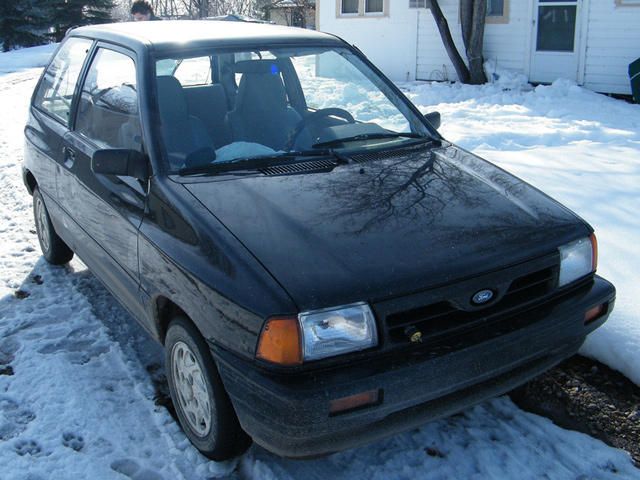
It has to be said right at the outset that the Ford Festiva should not be confused with the Fiesta, quite an excellent small car originally developed by Ford for Europe and now also sold in the US. No, the Festiva was something else altogether, and that something was crap. The car was so terrible that Ford changed the name to Aspire when the second generation debuted, but of course this was also terrible. Thankfully, Ford eventually just sent us the Fiesta.
There were a couple of different versions of the Festiva, but the original design was the work of Mazda. This version manufactured by Mazda in Japan was actually sold in Japan as the Ford Festiva, and in Europe and Australia as the Mazda 121. This was 1986, and although not many small and economical hatchbacks of the era were all that spectacular, this was a pretty exceptionally bad one. The model would only last a couple years outside of Japan, but as bad as it was, thing were actually about to get even worse. Wanting to bring the model to the US at about the time that Mazda was losing interest in exporting the car, Ford took the design to Kia to make a copy.
This was a time when badly made copies of old Mazda designs were really all that Kia did. This was really most of what was going on in the South Korean auto industry at the time, and it looked something like what the Chinese auto industry looks like today. The difference being that the Korean auto industry was able to improve a lot very quickly, something which is unlikely to happen with China. The Kia-built version would debut in North America in 1987 for the 1988 model year with the Ford Festiva nameplate. Even for a cheaply-built copy of a lackluster economy car, the Festiva did not have much to brag about.
Features like a tachometer and cloth seats were listed as special standard features on the LX top-level trim in 1988. The four-cylinder engine produced 58 horsepower, although with the introduction of fuel injection in 1990, that figure would rise to 63 horsepower. By the end of the car's first generation in 1993, Kia would send 350,000 units to the US, which shows just how terrible the US market for subcompacts really was at the time. SAIPA began manufacturing a copy of Kia's copy of this sad little car in 2001, and it is still produced in Iran today. A second generation was developed with actual input from Kia this time in 1993.
Mazda still designed the engines, but the car was mainly a joint Ford-Kia venture. The North American version would this time be called the Ford Aspire, which is a terrible name for a couple of reasons. Not only is it breathtakingly condescending to those buying it, but it doesn't say much about the car either, it's as though they're saying that you aspire to one day own a real car. They might as well have called it the Ford Entry-Level Crapmobile. The Aspire was the first car in its class to offer dual airbags as standard and ABS as an option, all of which really says more about its class than it does about the Aspire. Options included a rear defroster and power steering.
The base model never sold especially well in North America, and was dropped completely in 1995. The car would then only last until 1997 in this market, although Kia would continue manufacturing it until 2000. Kia's relationship with Ford would end at this point, but Kia would use the Festiva/Aspire as a jumping-off point to begin work on its completely independently-designed Rio model, which was also crap. So the story of the Festiva is one of Mazda designing a lousy car and of Ford finding ways to make it worse. It will not be missed.

